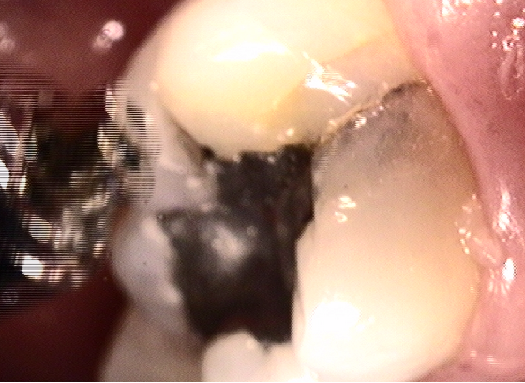Which one is best? Should I get the most expensive or just the cheapest? I find my patients' favorite question to ask is about what toothpaste should they be using. My answer is, "Every person is unique in the type of toothpaste they should be using. Let's see what is going on with your teeth and gums and I'll make a suggestion." When I am assessing a patient I look for a few things:
- Does the patient have a history of a lot of cavities?
- Does the patient have signs of gum disease (periodontitis or gingivitis)
- Is there a combination of both?
- Does the patient have sensitive teeth?
- Are there any root surfaces exposed ("long-in-the-tooth" appearance)?
Here are my recommendations for over-the-counter toothpastes:
Patient has 4 or fewer fillings - This patient has a low risk of developing cavities. I recommend a toothpaste that will protect their gums while at the same time effectively clean their teeth and provide some substantivity, or remain on the teeth for an extended time providing protection for gingivitis and a fresher feeling. That toothpaste would be Colgate Total
Patient has more fillings and some crowns - I would recommend this patient have something with more fluoride in it. This protects more against cavities. A good cavity fighting toothpaste is Crest Pro-Health. This has a particular kind of fluoride in it--stannous fluoride. This is also the OTC toothpaste of choice for someone with root surfaces exposed (prescription toothpaste may also be necessary). NOTE: high amounts or long contact time of stannous fluoride may roughen edges of porcelain crowns and bridges.
Patient has sensitive teeth - This is always a hot topic. Sensitivity toothpastes have many different formulations and one may not be the one for you. I tell patients to start with one. If they do not see an improvement in 2 weeks, change. I also instruct them to leave a small dab at the gumline of the effected teeth before bed. I think the best stuff out now is Colgate's new Pro Sensitive Relief.
Gum Disease - for patients with gum disease, the problem is below the gum level. Unfortunately, toothpaste does little to remedy this. Professional cleanings in conjunction with other therapies are the best way to treat gum disease or periodontitis. I would recommend a toothpaste that freshens breath as the bacteria that cause gum disease can have a malodor. These are good ones.
Dr. Derrick Gregory is a dentist in Lebanon, TN. His practice, Gregory Dental Group, is a patient centered practice that provides care for the whole family offering the best and newest treatments for various types of patients.







